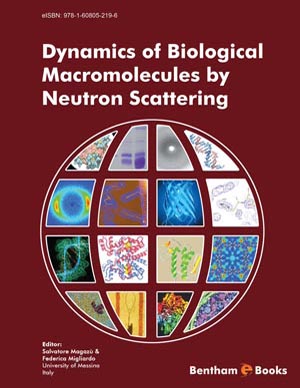Abstract
The advantages of vibrational spectroscopy by the use of inelastic neutron scattering (INS) spectroscopy are illustrated for biomacromolecules and their interaction with water. The complementarity with other vibrational spectroscopic techniques is demonstrated and the synergy with calculations is stressed.


 Download PDF Flyer
Download PDF Flyer